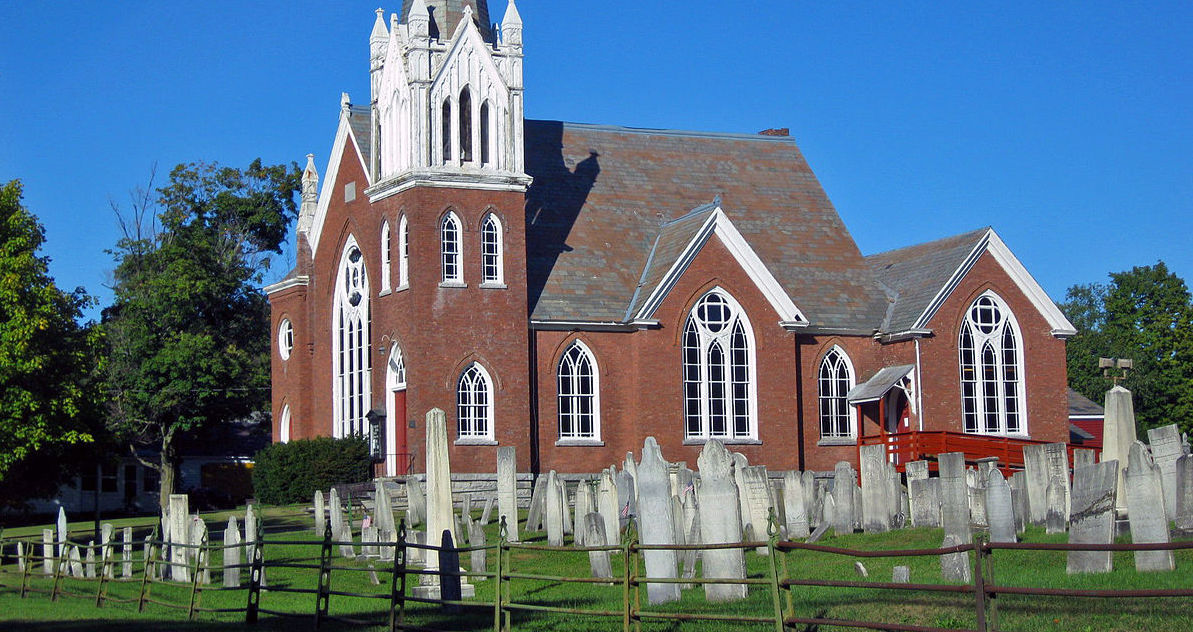Yesterday, the Roman Catholic Church got a new Pope: Pope Francis, né Jorge Mario Cardinal Bergoglio. The former archbishop of Buenos Aires was a bit of a surprise pick, as Cardinal Bergoglio was on almost none of the lists of likely candidates floated by the experts and pundits. I was expecting a surprise, but not one of this degree. This new Pope Francis is already an unexpected sort of pope.

“Habemus Papam” – Cardinal Jorge Mario Bergoglio, S.J., has been elected Pope Francis I (Photo credit: Catholic Church (England and Wales))
It is, of course, too early to declare a definitive take on Pope Francis’ reign. But this is Mere O; it is not our style to be so deterred. By looking at who he is, the name he took, and the first impression he gave, we can already see much that is significant. So far, the theme of his election seems to be “novelty following precedent.’
Francis is, as many have already pointed out, the first non-European pope in over a millennium. Better put, he is the first pope who is from neither the Mediterranean world nor from Europe. He is from Argentina, the son of Italian immigrants. It is easy for people from the United States to forget that we were not the only American country to experience large-scale immigration in the late 19th and early 20th century. Argentina in particular was an immigration magnet, in various eras even encouraging mass immigration. Everyone talks about Germans in Argentina, but Italians were the largest immigrant group. As a second generation immigrant, he is a native Italian speaker with a Spanish first name. So while he is the first Latin American pope, he might be eligible for Italian citizenship by descent. The novelty of his national origin manages to be surprisingly in line with the tradition of Italian popes.
Login to read more
Sign in or create a free account to access Subscriber-only content.
